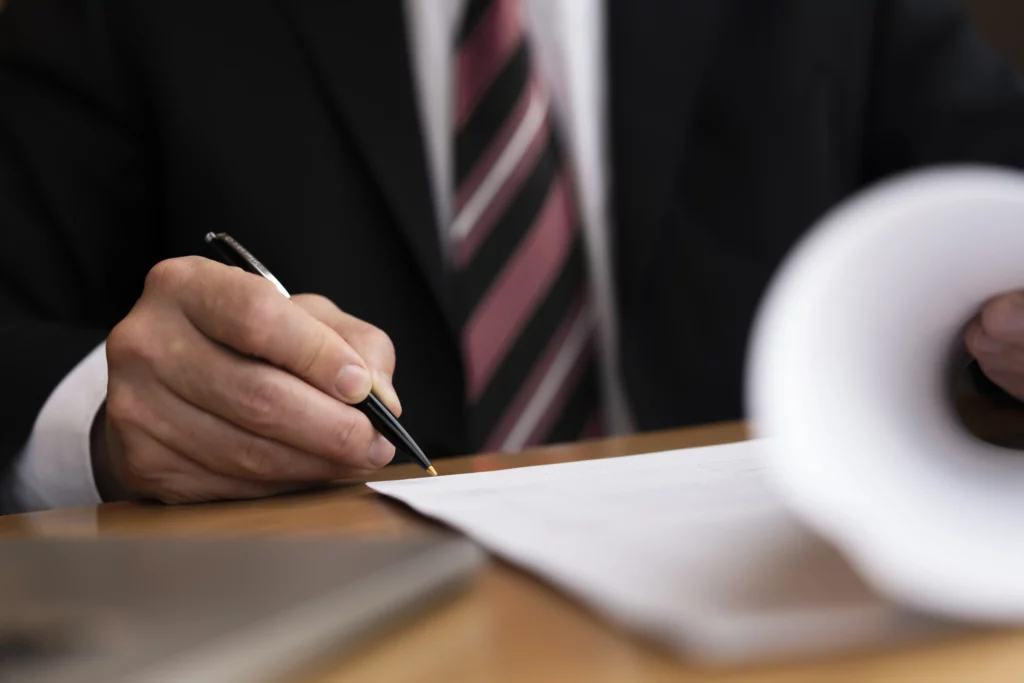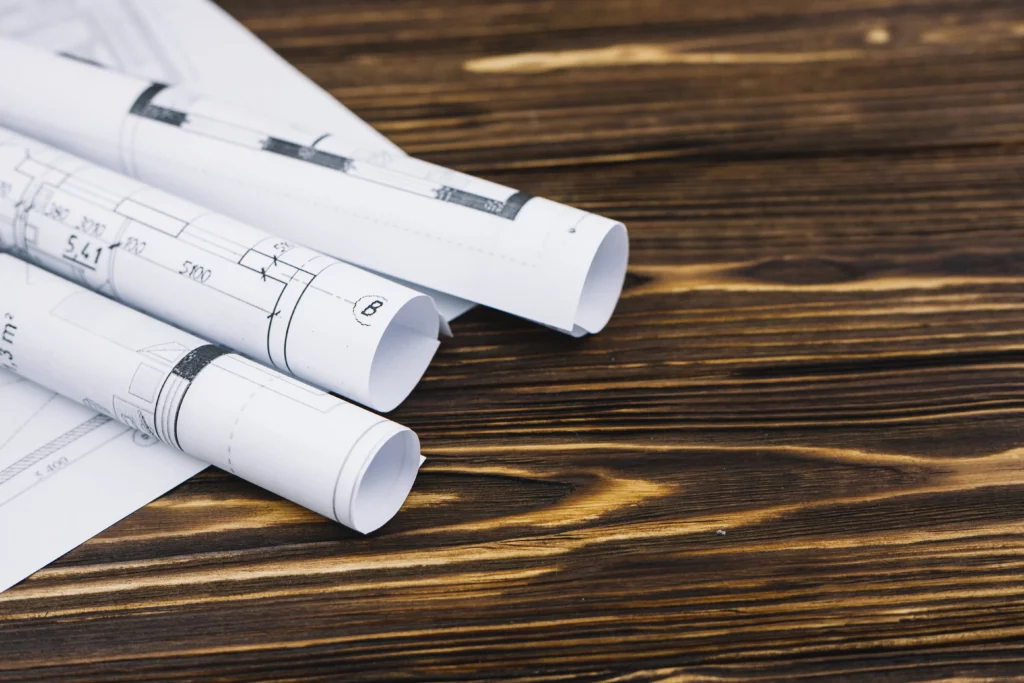Translating technical documents from Chinese into other languages is a specialized skill requiring more than just fluency in two languages. It demands deep subject-matter expertise, meticulous attention to detail, and an understanding of cultural and legal contexts. Among the broad spectrum of technical texts, some stand out as exceptionally complex. So, what’s the most difficult technical document to translate from Chinese?
Patent documents are widely considered the most challenging Chinese technical materials to translate due to their complexity, legal sensitivity, and the highly specialized language involved.
Want to know why? Let’s dive into the reasons why patent documents top the list, and explore how they compare with other difficult technical fields like medical, legal, and scientific translation.
What Makes Patent Documents Exceptionally Difficult

Patent translation is not just about linguistic accuracy—it also requires legal precision and subject-matter understanding. Patents are legal documents that describe technical inventions and define the scope of legal protection granted to those inventions. This means that any translation error could lead to patent rejection, infringement, or litigation in international markets.
Highly Specialized Terminology
In Chinese patent documents, you often find dense technical vocabulary from highly specific domains such as biochemistry, mechanical engineering, semiconductors, or telecommunications. Unlike everyday language, these terms may not appear in standard dictionaries, and direct equivalents might not exist in the target language.
Moreover, many Chinese patent writers use terms that are intentionally broad or vague to maximize the scope of their claims. This ambiguity must be translated carefully to maintain both the technical and legal meaning.
Complex Sentence Structures
Chinese patent documents often use long, multi-clause sentences with minimal punctuation. These structures can be confusing even to native speakers. When translated into English or other target languages, the sentences must be restructured for clarity while preserving the original intent.
⚖️Legal Requirements

In most jurisdictions, including the U.S. and EU, patents must follow strict formatting and language standards. Translators must be familiar with these requirements to ensure compliance. For example, claim language often must be written in a very specific way, using terms like “comprising,” “wherein,” and “said.”
“Patent translation is not just linguistic work—it’s legal interpretation plus subject matter expertise,” says Chen Wei, a Beijing-based patent attorney.
High Stakes and Long Turnaround Time
Because patent translations are often submitted to international patent offices, there is no room for error. The consequences of mistranslation can be severe: patent rejection, loss of rights, or costly lawsuits.
In total, it takes 1.5 to 2.5 times longer to translate a patent than a general technical document of the same length. Some agencies assign two translators plus a legal reviewer for each project.
💊How Does Patent Translation Compare to Medical Translation?
Medical documents rank just behind patents in terms of complexity. These include clinical trial protocols, patient information leaflets, informed consent forms, and drug registration documents.
Why It’s Challenging
| Accuracy is Critical | Mistakes may result in incorrect dosages, adverse reactions, or patient harm. |
| Regulatory Standards | Documents must comply with regulations by authorities (e.g., FDA, EMA). |
| Complex Terminology | Includes Latin terms, biochemical substances, ICD-10 coding, etc. |
As a general rule, medical translations require a solid understanding of human biology and medical procedures, but unlike patent translation, they often use more standardized language.
One reason medical translations are somewhat more manageable is that many documents follow standardized formats. Templates for clinical studies, for example, are reused across multiple countries. This allows translators to rely on consistency and reference previous translations.
🏛️Legal Contracts and Government Documents
Legal contracts and government documents present their own challenges but are generally more structured and less technical than patents.
Challenges in Legal Translation
Different legal systems: Translators must understand both Chinese civil law and the target country’s legal system.
🏛️ Terminology mismatch: Some Chinese legal terms have no direct equivalents in English or other languages.
🗣️ Cultural context: Certain clauses rely on cultural norms or local practices that may not translate easily. 🤔
On average, legal documents are less jargon-heavy than patents but require more focus on tone and formality. Mistakes in contract translation can lead to disputes, but they are usually limited in scope compared to patent litigation.
🧪Is translating scientific papers less challenging?

Scientific papers can also be technical, but they generally follow a clear and consistent structure: abstract, introduction, methods, results, and conclusion.
What Makes Them Manageable
- Standard format: Most academic journals have clear guidelines.
- Repeat terminology: Words and phrases often repeat across papers, especially within the same discipline.
- Referencing: Translators can refer to cited English papers to find equivalent terminology.
That said, niche topics in physics, materials science, or computational linguistics may present difficulties, especially if the paper introduces a novel concept or uses unconventional terminology. In such cases, collaboration with the author is often necessary.
In general, scientific papers are easier than patents but harder than routine documents.
⚙️Engineering manuals and technical specs
Engineering-related documents like operation manuals, user guides, and technical specifications are common translation projects.
What to Expect

Direct terminology: These documents often use industry-standard terms and diagrams.
Consistency is key: Terminology must be applied consistently throughout.
Audience-focused: Must be readable to technicians or engineers who rely on instructions.
While these documents are important, they are not as legally sensitive or complex as patents. In total, engineering translations take less time and fewer rounds of review.
Still, challenges may arise with ambiguous diagrams, outdated references, or vague technical descriptions.
Patent Translation: The Pinnacle of Complexity – Trust the Experts
As a whole, patent documents are the most complex technical documents to translate from Chinese. They require a blend of technical know-how, legal expertise, and linguistic precision. Errors can have real-world legal and financial consequences, and the demands for quality are higher than in any other category.
If you’re working with patent documents or planning to file patents internationally, it’s crucial to partner with experienced, specialized translators. Our team is ready to help you handle these complex tasks with confidence and accuracy.
Need help with Chinese technical translation? Whether it’s patents, clinical trials, or engineering specs, we provide expert services tailored to your field. Contact us today to learn how we can support your language needs.
